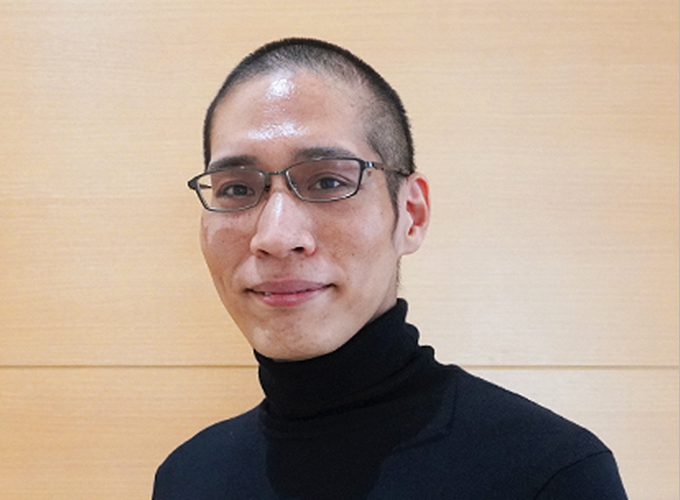Tetsuro Habe
Junior Associate Professor, Ph.D in Engineering
- Areas of Research
- Condensed Matter Physics, Atomic Layered Materials
- Profile
- Research
-
Dr. Tetsuro Habe is a junior associate professor of KUAS Faculty of Engineering. He obtained his Ph.D in Engineering from Hokkaido University and has been working as a post-doctoral researcher on projects related to “Scientific Research on Innovative Areas” with the funding and support of the Japan Society for the Promotion of Science.
Dr. Habe’s research focuses on theoretical condensed matter physics, and he is currently focusing on quantum phenomena in atomically thin materials, such as graphene and transition-metal dichalcogenides.
-
Quantum theory is one of the most fascinating frameworks in modern science, and it has been applied to several research fields. Moreover, the theoretical framework has been producing new technologies, e.g., quantum computing and quantum information processing. The central idea of this theory is the duality of particle and wave properties. In the case of particles, they possess the characteristics of waves. Then, the duality causes the wave-like phenomena, superposition and interference, among particles. In Dr. Habe’s laboratory, they apply the theoretical framework to material science for novel two-dimensionally thin crystals, so-called atomic layered materials.
They also investigate the transport properties of electrons in crystalline materials using theoretical calculations analytically and numerically. Recently, electronic transport phenomena have been investigated not only for the electric conductivity but also the transport of spin, the small magnetic moment of electron. The spin has been attracting much attention for achieving a novel development of electronics, so-called spintronics. Recently, they have focused on atomic layered materials, specifically, atomically thin layer-like materials. The two-dimensionally thin structure gives unconventional characters to electrons and leads to novel transport phenomena of electrons in terms of the spin manipulation. The manipulation of spin is one of the key components of developing technologies associated with quantum theory, quantum computing, and quantum information processing. Thus, they attempt to contribute to future technologies via theoretical investigations of physics.
